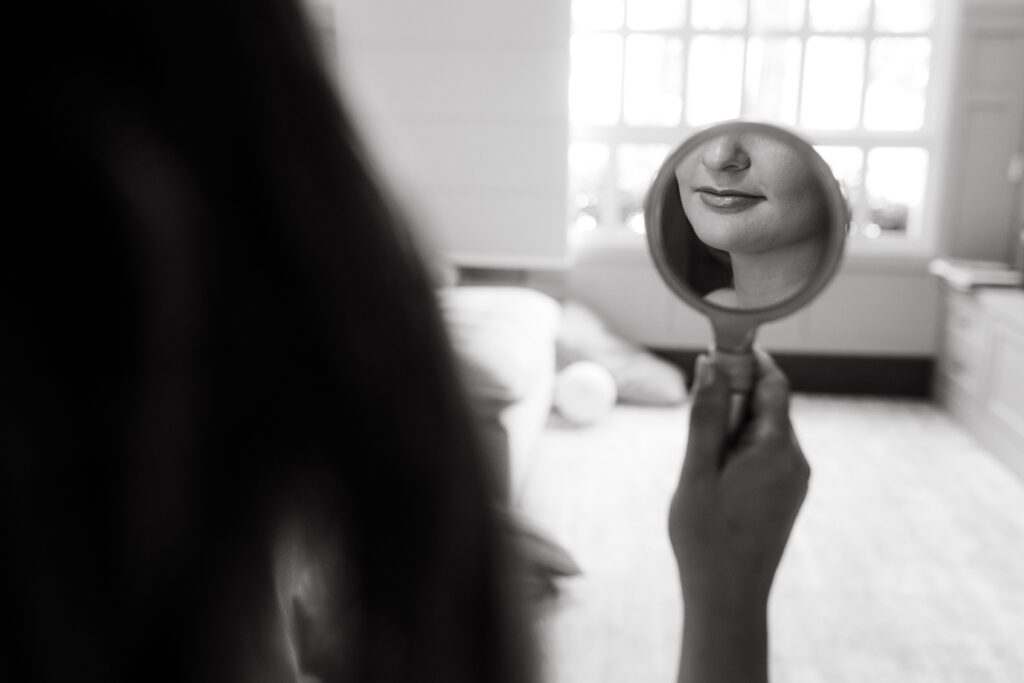Cherie Hunter Day
Two Favorite Haibun
A Family Resemblance: Haibun & Prose Poetry

Photo by Jonathan Borba: Pexels
Haibun has a long literary lineage, from the travelogues of Bashō to present-day iterations that feature prose poems, flash fiction, lineated poems, and even concrete poetry paired with haiku. Yet, despite a recent surge of interest in the form, it’s been an uphill battle for haibun to be considered a literary equal among editors and publishers of mainstream journals.
For example, in Prose Poetry: An Introduction (Princeton University Press, 2020), Paul Hetherington and Cassandra Atherton highlight the current academic view of prose poetry, but their survey of haibun is lacking. (The authors’ failure to know that the plural of “haiku” isn’t “haikus” is just the start.) They do make the case that Japanese haibun writers may be the progenitors of the prose poem, rather than the nineteenth-century French symbolists. However, they then credit prose poets Robert Bly and Luke Kennard with helping to define haiku and haibun forms for English-language readers. The authors assume the legitimacy of the form comes when a Western poet of note interprets haiku. This notion is frankly Eurocentric and dismissive of the entire genre. Haibun doesn’t need to be reinvented. It isn’t in need of a postmodern makeover to make it relevant. The current experimentation shows the plasticity of the form. Haibun deserves to be on equal footing with other mixed genres.
Haibun fares better in An Introduction to the Prose Poem (Firewheel Editions, 2009), where Brian Clements and Jamey Dunham list haibun under hybrid poems. They state that “the singular requirement of the hybrid poem is that it employs the chosen forms or genres in such a manner as to utilize their initial strengths, while at the same time realizing some new intensity from the collaboration.” Reading further, however, the haibun examples aren’t particularly strong, especially in what they characterize as haiku. It is either prose written in three lines, and/or three lines padded with modifiers to make the 5/7/5 syllable count. The syllable counting exercise as the definition of haiku has been particularly persistent in the literary canon.
The two favorites I selected for a closer look have ties to techniques in prose poetry, but also have a solid foundation in the current English-language definition of haiku. Both pieces have an urgency about them, and a relevancy to current events. The first is by Jennifer Hambrick.
Stepping Out
Told you I’ve got tango in my blood. Told you my clothesline curves with lace thongs and spray-on jeans. Told you my days are short but my nights are long. Told you my stilettos slap the ground like a headboard slams the wall. Told you my trees are full of fruit. Told you I’d lick that juice right off your lips.
city light on the storm clouds sultry heatTold you not to see the chip in my front tooth. Told you not to feel the hard skin on my hands. Told you not to call me beautiful. Told you not to set aside that ring. Told you not to come home after sunrise. Told you not to watch my lips tremble. Told you not to call her beautiful. Told you not to put our bed by the curb. Told you not to turn off my light. Told you not to break this white-hot silence. Told you not to wrap this house in scars.
Told you I won’t dance this dance.
cold front just a few more steps to the county line
The list poem traces its origin back to ancient oral traditions, Homer’s epic poems the Iliad and the Odyssey, and the Christian church litany, especially in the liturgy of Roman Catholicism. Repetition gives the prose an aural structure, a staccato rhythm in the delivery that is poetic; it both anchors and extends the piece. The narrative arc in this haibun covers an entire romantic relationship, with 18 sentences that all begin with “told you.” The first six sentences advertise like a profile on a dating app designed to titillate and provoke a response. The first haiku addresses this heat directly as sultry, but it also includes a warning—storm clouds. The weather is going to change.
The next six sentences are more vulnerable. They are pleas for kindness to overlook the lover’s flaws—scrutiny could spell disaster. There are warnings that this will not end well if boundaries are crossed. After those six sentences, the temptation for the writer would be to break the work with another haiku. But by leaving that pause out, Hambrick accelerates the narrative. Another woman enters the picture, and the last six sentences quickly chart the demise of the relationship. It ends on the emphatic: “I won’t dance this dance.” It has the same intensity of delivery as the first section, but now things are frozen and irreparable.
The final haiku addresses this cold and separation by getting completely away to a different location, to freedom. It’s reminiscent of a country song with the don’t-do-me-wrong vibe, complete with a singsong told you so, told you so. “Stepping Out” is the perfect title that holds the whole piece together. It can refer to an innocent foray on the dance floor and/or a devastating betrayal. Gossip magazines are filled with legendary breakups: salacious and extraordinarily ordinary at the same time. It’s entertainment unless it happens to you.
I don’t know if this haibun is based on fiction, reality, or a bit of both. It doesn’t matter because this is a fresh take on an old story and masterfully told.
Next, I will consider one of my own haibun:
Pantone Unveils Its Color of the Year
It was supposed to be a classic mid-range blue designated as Clandestine Sky, or some other evocative variation of late-day dusk light. We need our blue to be unequivocally clean and unencumbered without a trace of coercion—a clear bell ringing all around us. We are desperate for the calm that blue can provide. There’s gravity to it that registers as comfort like a weighted blanket.
truce at the end of the day starlightInstead, we get Apocalypse Orange, shot up like a roadway flare lighting the skid marks and crumpled metal. A smoke-filled chokehold that robs us of an entire day of sunlight. This color doesn’t warrant a name. It needs a number—a threat level. It smacks of survivor-less-ness, which leaves us searching for new coordinates. There’s no way to back out of this slowly.
wildfires in the dry foothills a shroud of smoke
Each time I read this haibun I recall the circumstances that gave rise to the piece. It was written on October 1, 2020, longhand on scratch paper in the parking lot of a medical complex. As a country we were six months into the Covid-19 pandemic and at the height of lockdowns and mask mandates. Everyone was masked up to protect against the virus, but on that particular day, due to raging wildfires, masks were doubly needed to screen for smoke particulates. As I sat in the car waiting for my husband, I stared at the orange sky and watched patients file in and out of the medical buildings. It felt like Armageddon. I had just read an article on Pantone’s annual announcement for color choice of the year. My circumstances begged for a more realistic color choice: something more clearly reflecting the times. “Pantone Unveils Its Color of the Year” is my addendum.
My haibun has similarities with Hambrick’s haibun in that the prose is clipped and exact, which quickens the pace for the reader and propels them forward. Both pieces fold into two sections, each grounded by a haiku. My piece was written onsite driven by the fear I was feeling, which is still palpable to me. I was in panic mode. While Hambrick’s piece is a list poem, my descriptive passages are more anecdotal, calling for a reassessment of the color as the litmus for emotions. There’s a story arc, but it was more a direct response from my lizard brain to recognize danger and react. Instead of speculating on the newest colors in lifestyle and fashion, what about focusing on steps to avert the climate catastrophe or the next viral pandemic? There is no Planet B. Our future along with all other creatures on earth hangs in the balance.
Both haibun are invigorated with techniques learned from contemporary prose poetry. My hope is that prose poets and editors can benefit from learning more about contemporary haiku and haibun. Already there are positive signs: more mainstream poets are writing haibun and publishing it in journals like contemporary haibun online, and haibun writers are being featured alongside prose poem writers in journals such as Unbroken. I say keep up the good work.
Notes
“Stepping Out” was first published in The Haibun Journal 4:1 (2022), reprinted in contemporary haibun, Vol. 18 (Red Moon Press, 2023).
“Pantone Unveils Its Color of the Year” was first published in MacQueen’s Quinterly 9 (August 2021), reprinted in Haibun: A Writer’s Guide [Roberta Beary, Lew Watts, and Rich Youmans, eds.] (Ad Hoc Fiction, 2023), and collected in A House Meant Only for Summer (Red Moon Press, 2023).
About the Author

Cherie Hunter Day has written haibun since 2000. Her haibun “In Rumble Dark” was nominated for a Pushcart Prize in 2019. Recent collections include A House Meant Only for Summer (Red Moon Press, 2023) and Miles Deep in a Drum Solo (Backbone Press, 2022), which won a 2022 Touchstone Distinguished Book Award. She lives in northern California among thirsty redwoods.
